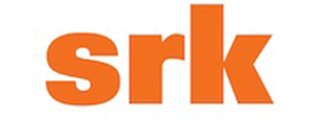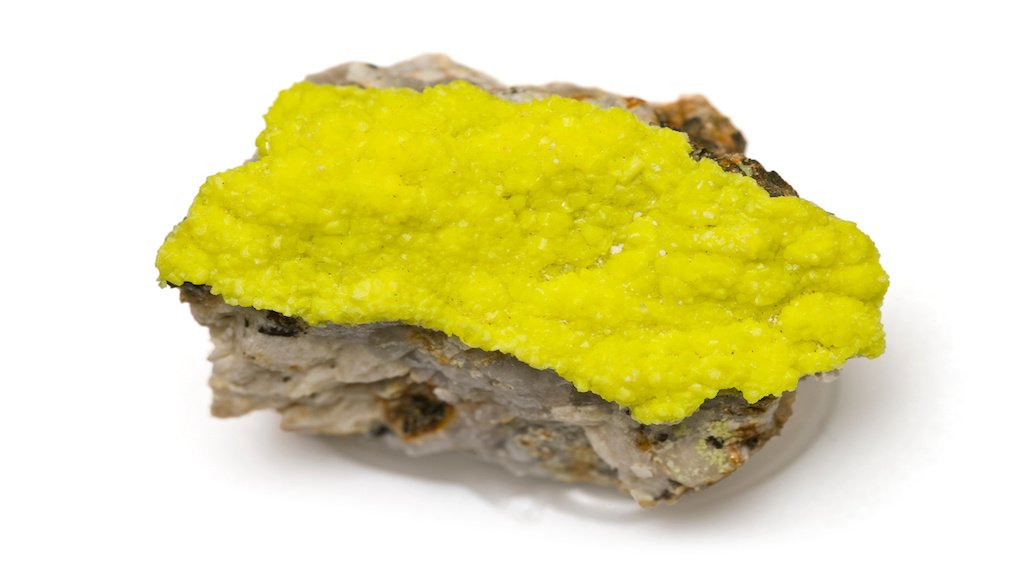
+27 11 441 1111
SRK House, 265 Oxford Road, Illovo, 2196, South Africa

Muntanga uranium project, Zambia – update


Name of the Project
Muntanga uranium project.
Location
Siavonga and Chirundu districts, in the south-eastern region of Zambia.
Project Owner/s
Africa-focused uranium company GoviEx Uranium.
Project Description
Muntanga encompasses the Muntanga, Dibbwi and Chirundu mining licences. The Muntanga and Dibbwi mining licences comprise the Muntanga, Dibbwi and Dibbwi East deposits. The Chirundu mining licence contains the Njame and Gwabi deposits.
The project is based on standard truck-and-shovel openpit mining, with a planned steady-state rate of 3.5-million tonnes a year of ore feed supplied to the heap-leach facility.
A total of 39.6-million tonnes of ore, at an average grade of 320 parts per million (ppm) of triuranium octoxide (U3O8) and 144.1-million tonnes of waste will be mined over a 12-year life-of-mine (LoM).
Ore and waste mining are planned to be undertaken using eight backhoe excavators with 5 m3 buckets, supported by about 49 haul trucks with 45 t payloads.
Initial ore production will start with the mining of the Muntanga deposit, owing to its low stripping ratio at 1.2:1, and continue simultaneously at the Dibbwi East deposit, which has a 4.2:1 strip ratio. Once mining at Muntanga is completed, Dibbwi East will serve as the sole source of ore feed.
The central processing plant has been designed to handle 3.5-million tonnes a year of run-of-mine material sourced from the Muntanga and Dibbwi East mining sites. The flowsheet encompasses primary, secondary and tertiary crushing stages, and aims for an 80% passing size, or P80, of 25 mm.
The project will not require any tailings storage.
Potential Job Creation
Not stated.
Net Present Value/Internal Rate of Return
At a US price per pound of U3O8 of $90, the project has a net present value (NPV), at an 8% discount rate, of $243-million and an internal rate of return of 20.8%, with a payback of 3.8 years.
The project is highly leveraged to uranium prices, with an additional $45-million added to NPV for every $5/lb increase in U3O8 prices.
Capital Expenditure
Initial capital is estimated at $281.9-million.
Planned Start/End Date
The mine is expected to start production in 2028.
Latest Developments
GoviEx has announced the launch of the 2025 field season at the project.
The company is expanding its exploration programme to assess and advance new opportunities aimed at improving the project’s overall economics by increasing resource size, extending the LoM and identifying new deposits.
The 2025 campaign will consist of 35 drill holes for about 3 500 m and will test four high-priority areas, ranging from near-mine targets that could extend Muntanga to a potential larger-scale opportunity at Kariba Valley, situated on strike and on trend 70 km to the south-east of Muntanga.
GoviEx’s geological team has reassessed three of the priority areas, identifying signs of potential success based on historical drilling, with their updated geological model presented to senior executives during the most recent site visit.
Priority drilling will start at the Muntanga East target, where ten shallow holes, to a maximum depth of 60 m, will follow up historical intercepts over a radiometric anomaly located 5 km from the planned Muntanga openpit, in the same escarpment grit formation host rocks that contain the current resource.
According to GoviEx, the geological interpretation of existing data suggests a conceptual shallow exploration target ranging from two- to four-million pounds of U₃O₈ at grades of between 150 ppm and 350 ppm.
The targeted exploration programme also includes further focus around the Dibbwi deposit, where remodelling interpretation suggests strong potential to significantly extend mineralisation.
Five drill holes are planned east of the existing Dibbwi pit shell, targeting a well-defined radon anomaly, which lies along the projected mineralised trend and presents a compelling case for potential resource expansion.
This anomaly was not previously drilled, as the historic radiometric survey that identified it was conducted only after earlier drilling activities had taken place.
In Dibbwi South, a trenching programme will be undertaken over radon anomalies, which appear identical to the anomalies in GoviEx’s current Dibbwi deposit. These trenches will expose the underlying geology for mapping and sampling to identify new zones of near-surface mineralisation suitable for follow-up drilling later in the season.
GoviEx’s geologic field team believes that, within the Kariba Valley mining licence, there is high potential for economic mineralisation on the Chisebuka prospect.
This permit, acquired from African Energy Resources in 2017, hosts the same Karoo sedimentary package as the Muntanga-Dibbwi deposits, but has not resulted in any follow-up drilling since the initial reconnaissance work, the company has said.
A review of the available drilling data, as well as ground radiometric and mapping data, confirms that the Chisebuka mineralisation remains open up-dip, down-dip at depth and potentially on strike.
Geological modelling suggests a shallow, gently dipping mineralised body that can be traced for about 4 km along strike and up to 1 km across, with mineralised horizons cropping out from surface to about 110 m depth.
On this basis, the company has delineated a conceptual model to guide exploration, with targets of 20-million to 30-million pounds of U₃O₈, and grades estimated at between 150 ppm and 300 ppm, consistent with the grades defined at Muntanga-Dibbwi.
The area targeted for exploration at Kariba Valley is only about 3% of the total licence area. GoviEx believes that the rest of the licence is also highly prospective, and has said this prospect remains underexplored, owing to historical drilling being focused on more easily accessible areas.
The company plans to drill 20 proof-of-concept holes totalling about 2 000 m, with planned hole depths of 50 m to 150 m to determine the extensions to mineralisation.
Successful confirmation of mineralisation across the planned sections would allow Chisebuka to progress rapidly into resource definition drilling, supporting GoviEx’s strategy to enhance the project’s economic potential through scale and optionality.
Drilling and trenching across all four priority targets are scheduled to start in due course. Initial results will help to determine the design of follow-up programmes later in the field season.
Key Contracts, Suppliers and Consultants
Ukwazi Transaction Advisory; SRK Consulting (UK); and SGS Bateman (feasibility study).
Contact Details for Project Information
GoviEx Uranium, tel +1 604 681 5529 or email info@goviex.com.


